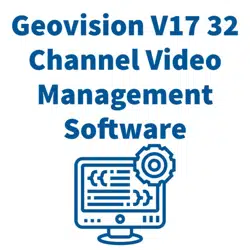Loading ...
Loading ...
Loading ...

192
5.4 Repairing Damaged File Paths
Use the Delete function (see Deleting Recorded Files earlier in this chapter) to correctly delete video
and audio files. If you move or delete video files using Windows Explorer or Windows File Manager,
GV-VMS will not be able to detect this change. But as long as these files are still stored in the hard
drives and are detectable by Windows operating system, you can use the Utility to restore these
misplaced and missing recorded files back to their default paths. This Utility comes with the installation
of Main System. Follow these steps to repair the paths.
1. Go to the Windows Start > All Programs > GV-VMS folder > Repair Database Utility.
2. When the Select Camera for Repair Database dialog box appears, select the cameras that require
database repair and click OK. This dialog box appears.
Figure 5-4
3. If your recorded files exist only in the predefined recording path, click the Use Default Path button
to rebuild the file path in the predefined recording hard drive only.
4. If your recorded files scatter across different hard drives, click the Search Hard Disk button to
allow more time to rebuild these file paths in the hard drives connected to GV-VMS.
Note:
1. The repair and the search function will not apply to the files that have been renamed manually.
2. Use this Utility to repair your database if any of the following scenarios occurs in the ViewLog:
a. A question mark appears right before a video file in the Video Event list.
b. When you select a file and click the Playback button, no video is displayed.
Loading ...
Loading ...
Loading ...
